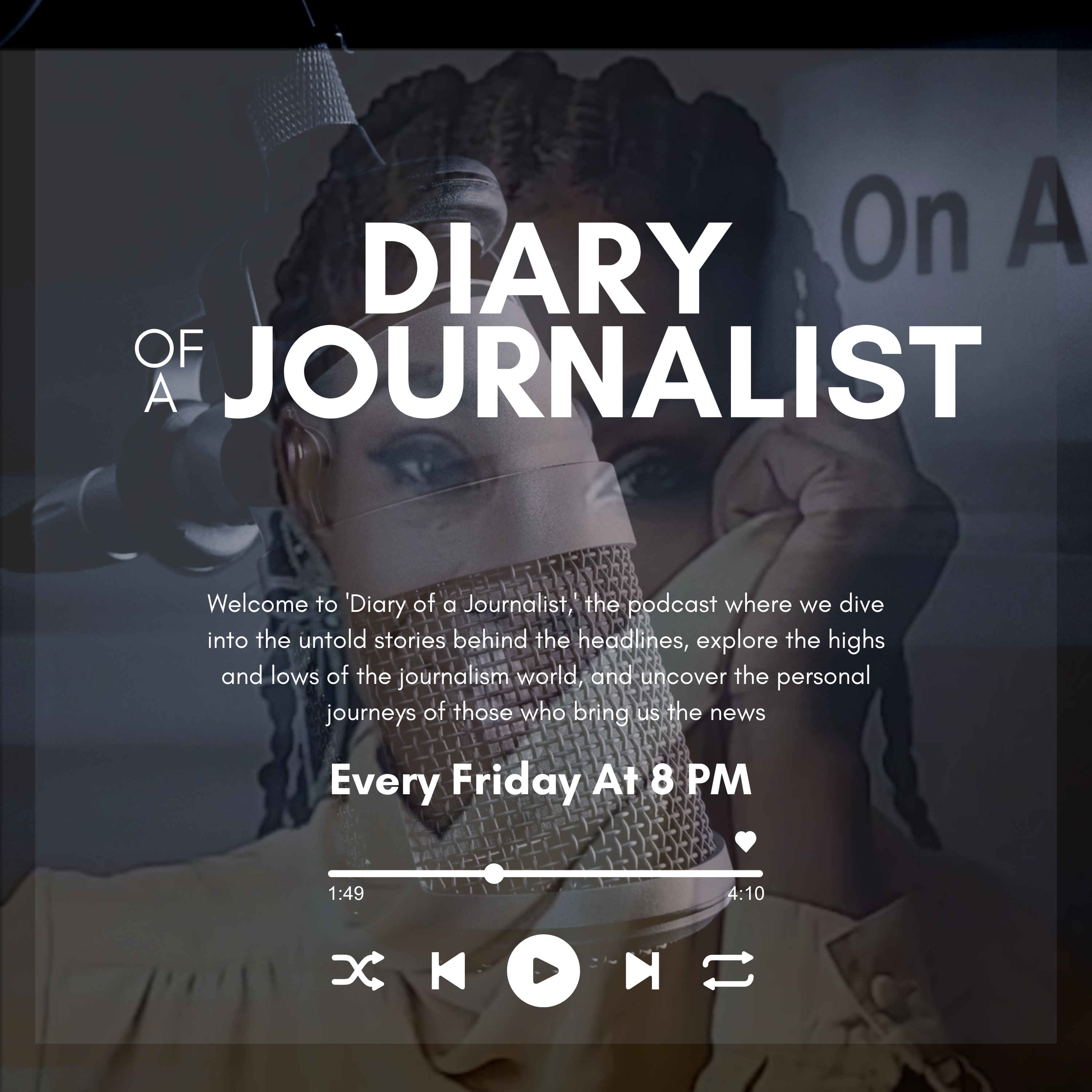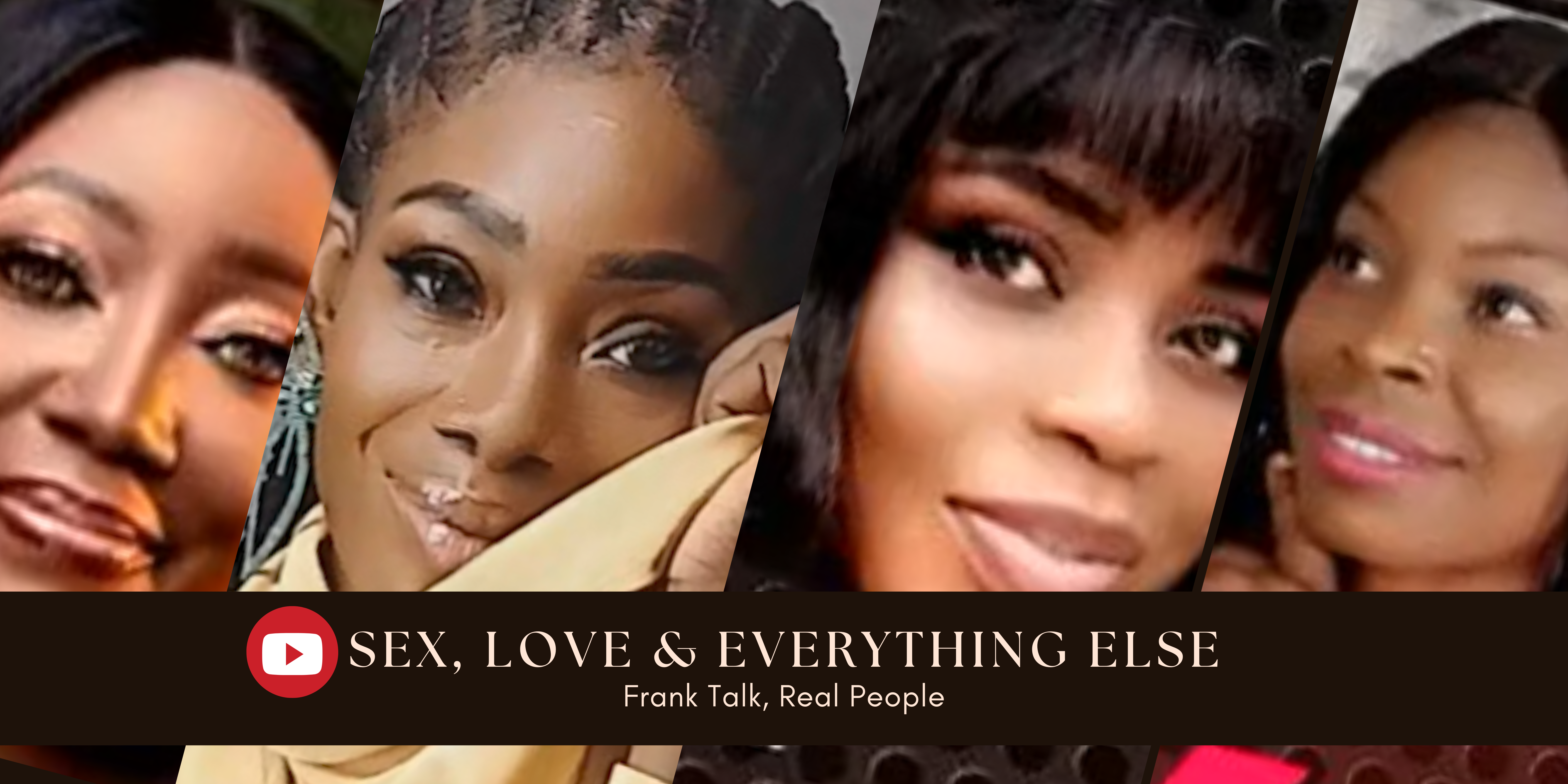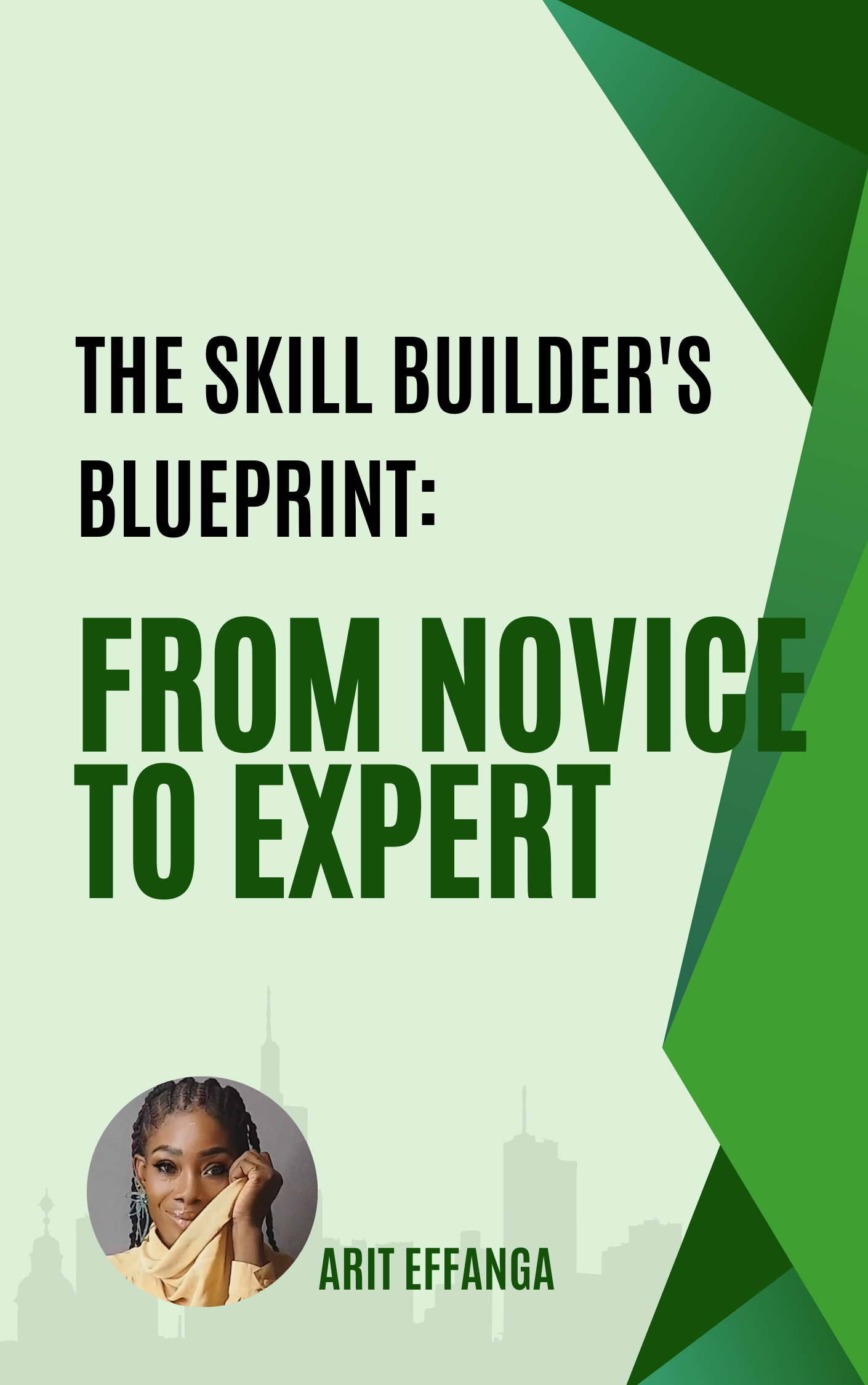In the world of journalism, an interview can be a window into someone’s soul, a bridge between the public and private, or a moment that illuminates a story in a way no other medium can. But how do journalists manage to craft these compelling stories that capture the essence of their subjects? The answer lies in the art of interviewing—a skill that goes far beyond simply asking questions.
Journalism, in its truest form, is about storytelling. Whether it’s a one-on-one with a local politician or an in-depth conversation with a renowned author, the way a journalist conducts an interview can shape how that story resonates with an audience. Interviews are not just about gathering information; they are about forging connections, understanding nuances, and drawing out emotions and truths that might otherwise remain hidden.
Preparation: The Key to a Good Interview
As with any art form, a great interview begins with preparation. A journalist’s job is not to walk into a conversation unprepared. It’s essential to research the subject thoroughly. Whether the interview is with a politician, a celebrity, or a regular person with an extraordinary story, the journalist must have a clear understanding of the subject’s background, motivations, and the context surrounding the story.
For instance, when interviewing a politician, a journalist must be aware of their policy positions, public statements, and any recent developments in their career. Similarly, if interviewing an author, knowledge of their previous works, personal experiences, and themes in their writing can create a more dynamic and engaging conversation.
It’s not just about knowing facts; it’s about understanding the subject’s world. Journalists should immerse themselves in the subject matter, even anticipating how the subject might respond to different lines of questioning. This preparation allows the journalist to be flexible during the interview, responding to answers in real-time and crafting a more engaging, authentic conversation.
Building Trust: Establishing a Connection
Once the groundwork is laid, the next step is building trust with the interviewee. The best stories often come from individuals who feel comfortable enough to share personal experiences, opinions, and reflections. It’s not uncommon for an interviewee to be cautious at first, especially when the questions touch on sensitive or controversial topics. It’s here that the journalist’s skill comes into play.
A good journalist knows that building rapport with the subject is just as important as knowing the right questions to ask. Building trust doesn’t mean being overly familiar or invasive. It’s about being respectful, empathetic, and genuinely interested in the person you’re interviewing. This can be as simple as offering a warm greeting, making eye contact, or asking open-ended questions that allow the subject to share freely. The tone of the interview is set in these first moments, and creating a safe space for honest conversation is key.
A seasoned interviewer will also be able to sense when the subject is opening up or closing off. Knowing how to navigate these moments, whether by giving the subject time to gather their thoughts or adjusting the pace of the conversation, is essential for getting the best responses. Journalists must be observant, picking up on body language and subtle cues that indicate how the subject is feeling.
Asking the Right Questions: More Than Just Words
At the heart of every great interview lies a carefully crafted question. But it’s not just about asking the right questions—it’s about asking the right questions at the right time. A good journalist knows how to ask open-ended questions that encourage the subject to share in depth. Instead of simple yes-or-no questions, the journalist might ask, “Can you tell me more about that experience?” or “How did that make you feel?”
The best interviews often come from the simplest questions. Sometimes, all it takes is asking “Why?” or “What happened next?” to unlock a deeper layer of the story.
However, asking good questions is not just about being clever. It’s about being present in the moment and responsive to the interviewee’s answers. A well-timed follow-up question can be just as important as the original one. For example, if a subject gives an unexpected answer, a journalist might gently press for clarification or elaboration, guiding the conversation deeper.
But good questioning also requires tact. Not every question is appropriate for every subject. A journalist must be sensitive to the topic at hand and use their discretion. Probing too aggressively can make the interviewee defensive, while avoiding the hard questions may result in a lackluster story. Striking the balance is key.
The Power of Silence: Letting the Subject Think
One of the most powerful tools a journalist can use during an interview is silence. While it might feel uncomfortable to leave a pause in the conversation, sometimes the best answers come after a few moments of quiet reflection. A subject may need time to think or may offer a more candid response once they realize the journalist is patiently waiting for them to elaborate.
In some cases, silence can prompt the subject to fill in the gaps with more than just surface-level answers. They may provide additional insights, anecdotes, or even contradictory responses that can lead to a richer understanding of the subject matter.
A skilled interviewer knows how to use silence strategically, allowing the subject to reflect and share without feeling rushed.
Reading Between the Lines: Non-Verbal Cues
Journalists are often trained to listen for the words that are said, but the most experienced ones also listen for what isn’t said. Non-verbal cues, such as body language, tone of voice, and facial expressions, can offer critical insights into how a subject feels about a particular question or topic.
For instance, if a subject becomes fidgety or avoids eye contact when asked about a specific issue, it might signal discomfort or reluctance. A journalist’s ability to read these cues can help guide the interview in a direction that uncovers deeper truths.
But it’s not just about recognizing discomfort. Sometimes, a subject may offer a hint of emotion—a subtle smile, a raised eyebrow, or a pause before responding. These moments can lead to powerful stories that might not have emerged if the journalist hadn’t been paying attention.
Ethical Considerations: Respecting Boundaries
While the goal of an interview is to uncover the truth, it’s equally important to respect the boundaries of the subject. Ethical journalism emphasizes that interviewees should never be coerced into sharing information they’re uncomfortable with. If a subject declines to answer a question, the journalist must respect their wishes, even if it means losing an important detail for the story.
Moreover, journalists must be transparent about the nature of the interview. It’s essential that the interviewee understands the context and purpose of the interview, particularly if the conversation will be published or broadcasted. This transparency ensures that both parties are on the same page and helps to build trust throughout the process.
Crafting the Story: From Interview to Narrative
Once the interview is complete, the real work begins. A journalist now faces the task of sifting through the information collected and weaving it into a coherent, compelling story. This is where the true skill of storytelling comes into play.
Journalists must take the raw material from the interview—the quotes, the observations, the moments of vulnerability—and shape it into a narrative that not only informs but also engages the audience. A compelling story often involves more than just reporting facts; it’s about creating an emotional connection with the reader or viewer.
This means choosing the right quotes, deciding what to emphasize, and placing the story in a broader context. Good journalists know that the most engaging stories are often the ones that resonate on a human level, that make people feel something—whether it’s empathy, anger, joy, or curiosity.
The Journalist’s Craft
The art of interviewing is more than just a technique; it’s a craft that requires empathy, curiosity, and a deep understanding of human nature. It’s about knowing when to ask the right questions, when to give the subject space, and when to push for deeper answers. It’s about building trust, respecting boundaries, and using the information gathered to tell a story that resonates.
As journalists, our job is not simply to report what people say, but to uncover the truths beneath the surface, to create stories that inform, inspire, and provoke thought. Interviewing is the tool that allows us to do just that—and when done well, it can transform a simple conversation into a powerful narrative that touches the hearts and minds of audiences around the world.





